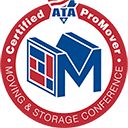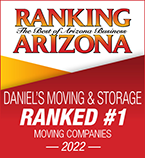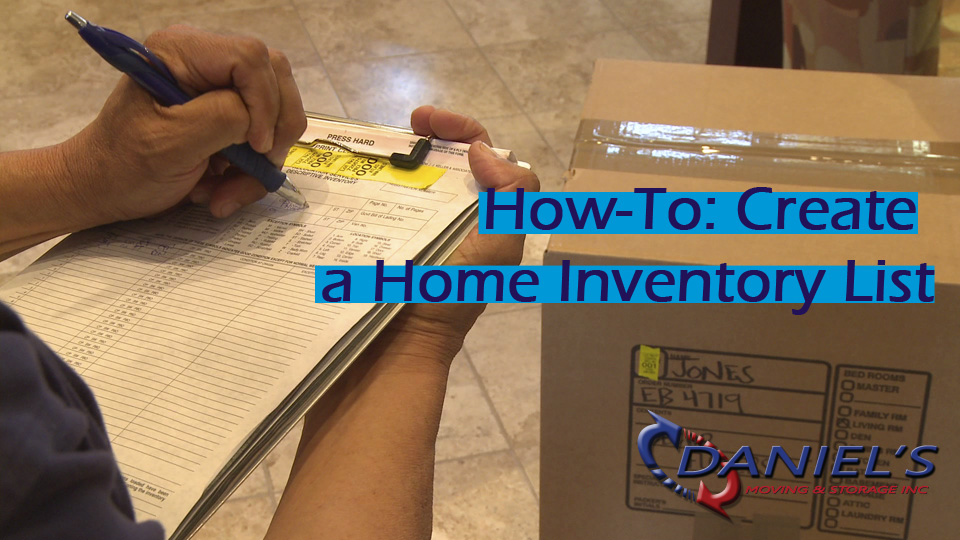
As we near the one-year mark of COVID-19 changing our everyday lives, some aspects have started to normalize while others may never go back to how they used to be. So much has changed in the workplace over the past year that it may never be the same. Employees and corporations were able to quickly adapt and navigate the virtual workplace at the beginning of the pandemic, which in turn has changed the role of the physical office space. As businesses turn to the “new normal,” a hybrid workplace has become a focal point when creating a return to office plan.
Many studies have shown the continued desire for work-life balance and flexibility in work schedules when businesses return to the conventional office. Some employees prefer to remain remote, some want to be in the office full-time, and others want a hybrid workplace supported by in-person and virtual collaboration. As businesses create their return to office plan, finding ways to support a diverse workforce can be challenging.
Office Layouts
To support a mixed staff, companies are redesigning current office spaces or looking for a new location to better suit a hybrid workplace. Companies are focusing on creating inspiring meeting and collaboration spaces and transitioning away from having assigned desks. The office layouts as we know them are transitioning to suit a hybrid workplace.
Collaboration Tools
Many companies have collaboration tools implemented already, such as Zoom and Microsoft® Teams, but continued adoption of new and useful apps and programs will be essential to support a widespan network of employees.
Managing a Hybrid Workforce
For years, the workforce has either been in a traditional office setting or fully remote. Leading a hybrid workforce is new to most managers. Each employee working a hybrid schedule will have individual needs and desires that may differ from another person. Managers will need to check in with each employee and adapt the support to the individual’s needs.
According to an article written by Work Design Magazine, “Determining the percentage of time a worker spends on each type of task – from individual work to face-to-face team collaboration – is critical to apportioning the split between the office and remote locations."
Once the correct apportioning of split time is determined, lay the groundwork of expectations, establish open communication, create shared online calendars, and set check-in meetings to see how things are going. All elements are essential to creating an effective hybrid workplace.
As companies design a hybrid workplace, it is important to find solutions that work for most employees. Create surveys, have one-on-one meetings and discuss options to address challenges teams are facing with people working in different locations. Supporting one another through change is a powerful thing.
If you are considering an office relocation to better suit a hybrid workplace, our professional moving team can help. Give us a call at 877.278.6110 or fill out the quote request form.









Comments